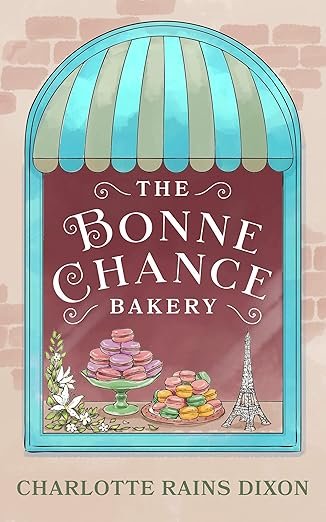Writing Tip: Second Best of the Week
Okay, this is a quickie, folks. I’ve been writing all day, and all day the day before that, and all day the day before that, and, well, you get the idea.
The bad news about all this writing is that I’m exhausted.
The good news is that I keep remembering useful writing tips.
Today’s writing tip is: start far in.
Start as far in to the scene as you possibly can. This actually applies to non-fiction, too.
For instance, if you have a character in a scene who is having a phone conversation, skip the phone call itself and show her hanging up the phone, remembering briefly what was said. Of course this brings up the topic of how to choose what to lend weight to by mounting it in a scene, or what to gloss over a bit by writing in exposition.
I generally do this by intuition.
I know, that doesn’t help you much. A friend who I haven’t seen in ages, used to always quote the late Gary Provost on this: "fast is slow and slow is fast," and that is a pretty good guideline.
For instance, if when you are writing fast, as in glossing over in exposition, you are generally writing about something that would have been slow in real life, or if mounted in a scene–like the above-mentioned phone call.
When writing slow, as in a scene, you would be writing about something that happened quickly in real life–such as a car chase or a sex scene (I guess the relative quickness of that depends on the participants), or important dialogue. The point is, you write something that takes longer or is slower when the information is more important and deserves being presented in the fine detail of a scene.
One of the best ways to sharpen up a scene is to start as far in as possible. When I wear my editor’s hat, one of the most common problems I see is that people spend page after page warming up. Cut to the chase. Get to the good stuff. Start far in.
PS–Next installment of Make Money Writing Online (which is actually the second half of Chapter Three) coming up later on today.

Square1
This is an excellent tip. My problem is I tend to rush the whole story. Since mine is a journey at the moment, I’m trying to figure out how to make the long days of riding horses and the terrible nights of camping out in the cold and sleeping on hard rocky ground interesting. Otherwise the story is moving along at a break-neck pace.
On another note, I was wondering if you would take the time to stop by my place and answer the question I have up for today and the poll. I’m putting together an essay for school and I would like your feedback as a fellow writer.
The Uneasy Supplicant
Really good point!
I sort of do this, except I have the whole scene visualized before I write. Does that sound strange?
Anyways, as always, good stuff.
Zhu
Good tip!
I found that small description really help readers to get into the story… putting words on a mental snapshot is fun too.
Charlotte
Good comments, all. And it is important to remember that all novels need expostion. Readers need time in between scenes to catch their breath and relax a little. And so, Square 1, all the days of riding horses and nights of camping out may end up working okay for you. Perhaps you can find ways to advance the story in these scenes through dialogue or adding depth to your characters. Heading over to your blog now….
MotherPie
Great advice for writing. Those are things I seem to have always gotten caught up with.
Charlotte
Thanks, Motherpie, which is a great name, by the way.